In the face of widespread contamination, organic corn growers and plant breeders need assurance that cross-incompatibility genes will remain an effective tool for protecting seed integrity.
Introduction
Corn is a remarkable plant and the most widely grown crop in the U.S. Unfortunately, it is highly susceptible to contamination with transgenes and other unwanted genetic traits. Corn is monoecious, containing both male and female reproductive organs on the same plant. It is also wind-pollinated, with each tassel producing millions of pollen grains that can be carried up to half a mile in just a matter of minutes on a windy day. These two elements make it difficult to predict which plants will cross with each other. Several human factors, including inadequate storage, cleaning, labeling, and insufficient reporting of adverse advents, also contribute to contamination.
Given that the vast majority of corn—over 90%—is genetically engineered to be herbicide-resistant (Ht), insect-tolerant (Bt), or both (stacked), the intrusion of genetically engineered (GE) traits onto organic cornfields has become overwhelmingly common. The first reported instance of GE contamination in food occurred in 2000 with StarLink corn, which was genetically engineered to produce Cry9C, a pesticidal protein isolated from the soil bacterium Bacillus thuringiensis. This particular variety had been approved for animal feed, but not human consumption, as the EPA determined that it presented a “medium” risk for allergenicity. A food safety laboratory tested taco shells sold at major U.S. food chains and determined that up to 50% of the corn harvest in 2000 may have been contaminated with StarLink transgenes. Hundreds of products were immediately recalled, and corn prices and exports suffered dramatically. Since then, there have been dozens more documented contamination events across the country, highlighting the need for action both on the farm and in the legislature and our regulatory agencies to prevent contamination.
Cross-Incompatibility
Gametophytic cross-incompatibility (CI) is a genetic trait that has been used for decades by organic field corn and popcorn growers and breeders to protect against GE contamination. A corn plant with a homozygous form of a CI gene will only mate with another plant that also has the same gene. The genes work by inhibiting synthesis of the pollen tube—a structure essential for fertilization—from pollen grains that do not carry the same gene. There are three CI genes that have been identified in corn: Ga1, Ga2, and Tcb1. Ga1 has been introduced via crossbreeding with tropical corn and popcorn, while Ga2 and Tcb1 have been introduced by crossing corn with teosinte, corn’s ancestor.
Since GE corn varieties do not currently contain CI genes, CI offers a powerful defense against contamination. But Corteva, one of the “big four” global seed companies, filed a patent application in 2016 on a corn seed blend that mixes GE traits and CI genes. While the application was rejected, it’s very existence indicates that the industry may be interested in moving forward with developing and marketing seed blends that combine GE traits and CI genes. The inability to get a patent simply means that no company can market such a blend exclusively.
Combining GE traits and CI genes would enable the free flow of genetics from GE plants to organic corn plants, threatening to destroy decades of research in which organic breeders have used CI genes to develop varieties that offer important benefits such as improved taste, nutrition, yields, and soil health. A significant portion of CI research that would be disturbed is conducted at publicly funded land-grant institutions and non-profit breeding programs. These projects are extremely valuable as they serve the public interest both nutritionally and ecologically. Their value is also reflected by the market price for food-grade and feed-grade organic corn, which is roughly two to three times higher than GE corn. Transitioning to an organic operation takes several years of careful planning, however, and growers are less likely to feel secure in doing so in the face of rampant contamination and unresolved concerns.
Moving Forward
Organic growers currently shoulder the lion’s share of the burden when it comes to protecting against contamination. Preventative measures, such as adding buffer zones, adjusting planting times, and testing seeds, can be prohibitively costly. When contamination does occur, the economic and reputational harms—and potentially legal liability—fall squarely on the organic community. Therefore, organic farmers and breeders need continued and safe access to CI genes to maintain the integrity and viability of their operations.
In September 2021, OSA organized a meeting with a Senior Advisor to the Secretary of Agriculture where several corn breeders and other stakeholders voiced their concerns regarding the mixing of CI genes and GE traits. Our overall message is that USDA should reallocate the burdens organic growers face to ensure fairness in the marketplace and continue to promote open and honest dialogue regarding these important issues.
USDA has long endorsed a policy of coexistence between organic and non-organic growers. For organic corn growers, coexistence means solace in knowing that CI can remain an important tool in their toolbox for reducing the chances and severity of contamination. USDA should act swiftly to protect the organic community from the cascade of harms that will inevitably result from blending CI genes and GE traits.
